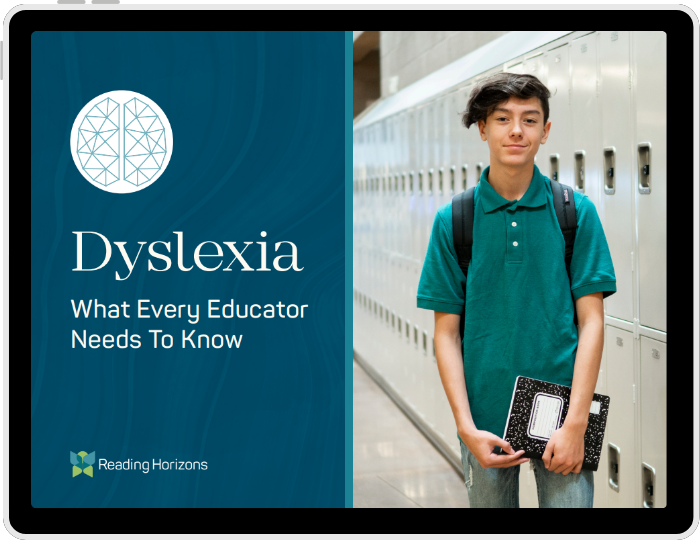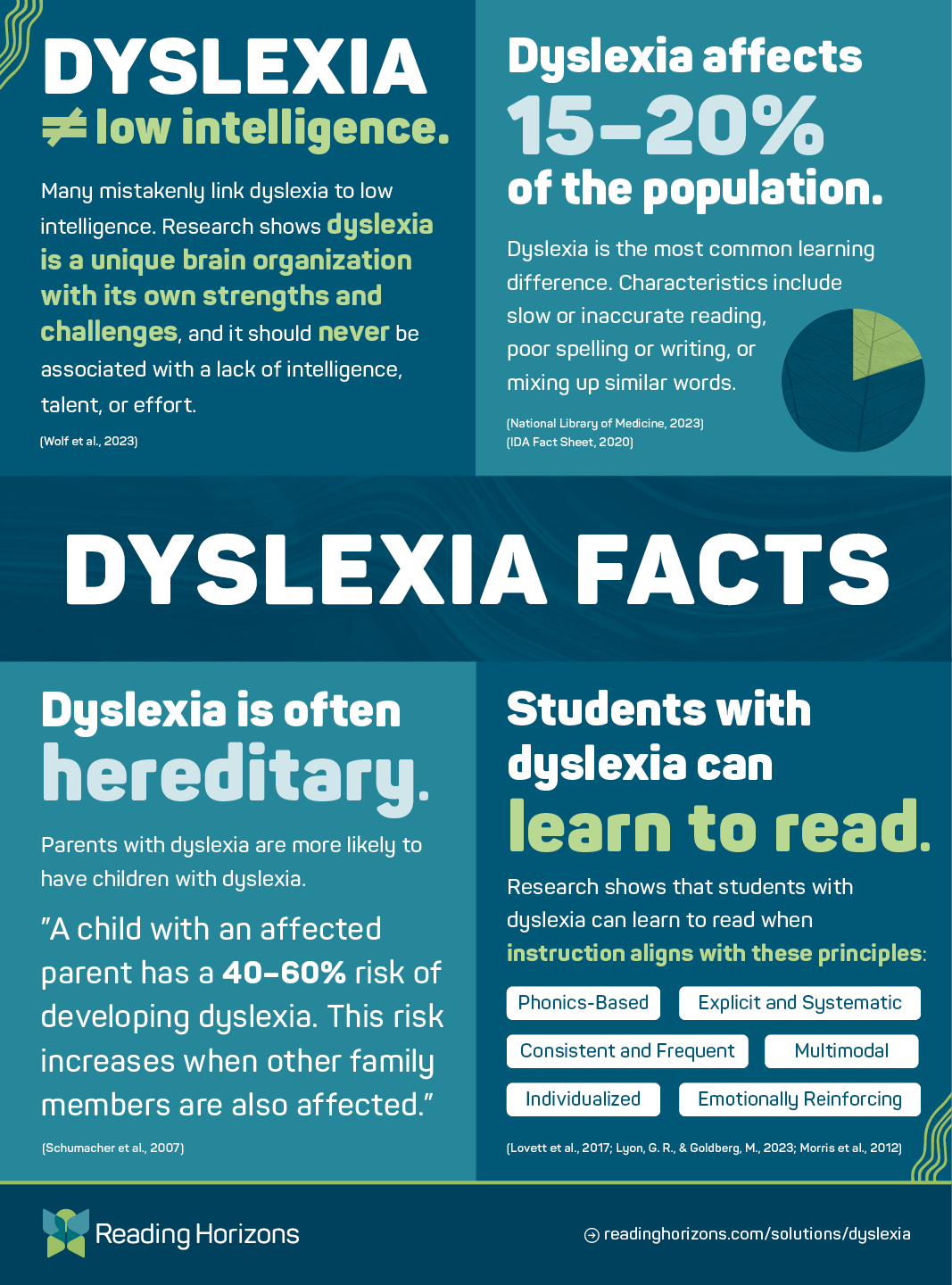EMPOWER LEARNERS WITH DYSLEXIA
Foundational Literacy for Dyslexia
When learners with dyslexia struggle to read, their confidence suffers. Reading Horizons empowers students to internalize sounds, letters, and word patterns for improved reading outcomes—so no student falls behind.

Our explicit, systematic, and multi-modal approach—with our simple marking system—empowers learners with dyslexia to internalize English sounds, letters, and word patterns for improved reading outcomes.
Students with dyslexia often have difficulty developing essential reading skills due to the high cognitive processing load associated with traditional instructional methods. Our approach reduces this load by explicitly addressing phonemic awareness, word recognition, spelling, and decoding with effective reading instruction.
Understanding the Reading Brain
Dyslexia impacts every instructional task a student faces in school and, if left undiagnosed, it can negatively affect their entire life. Fortunately, there is a window of opportunity to improve outcomes for students with dyslexia at an early age. This eBook gives educators the blueprint.
Give Me Access!
Unique Marking System to Recognize Patterns
Our marking system, a hallmark of Reading Horizons’ effectiveness, helps students with dyslexia recognize and internalize English sounds, letters, and word patterns they sometimes miss.
With our scripted lessons, educators at any experience level can effectively implement foundational literacy instruction. When educators are confident in instructing, student confidence grows.
Reading Horizons® is proud to have its foundational literacy programs endorsed by the Council of Administrators of Special Education (CASE). This endorsement solidifies Reading Horizons’ position as a trusted resource in special education, supporting administrators and educators in delivering high-quality reading instruction to all students, including those with special needs.

Free Resources
Hand-Picked for Dyslexia Admins and Educators